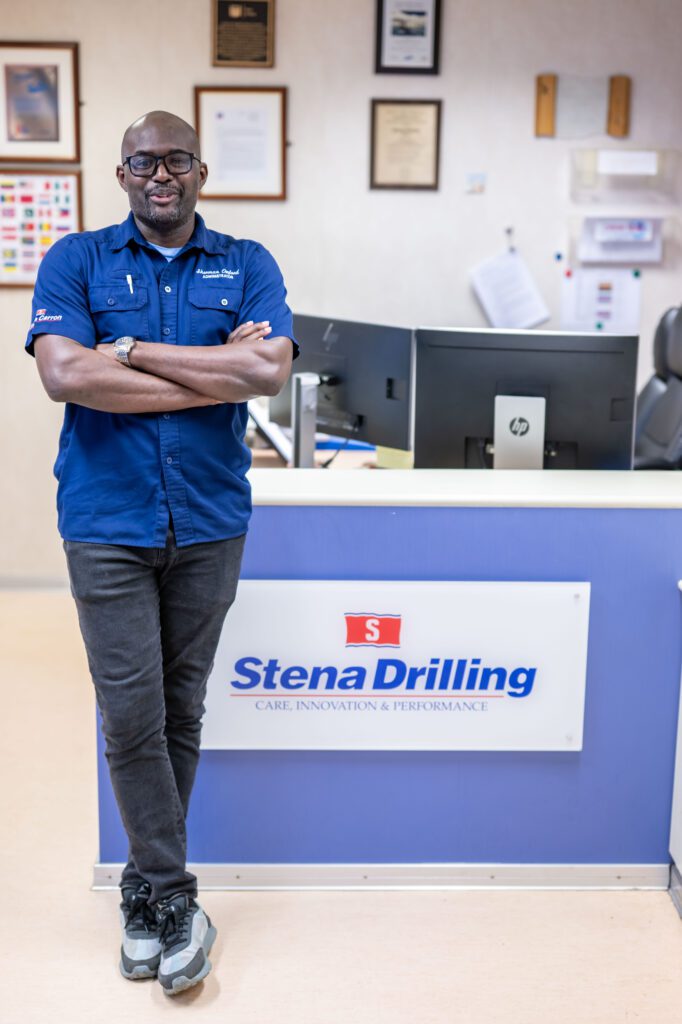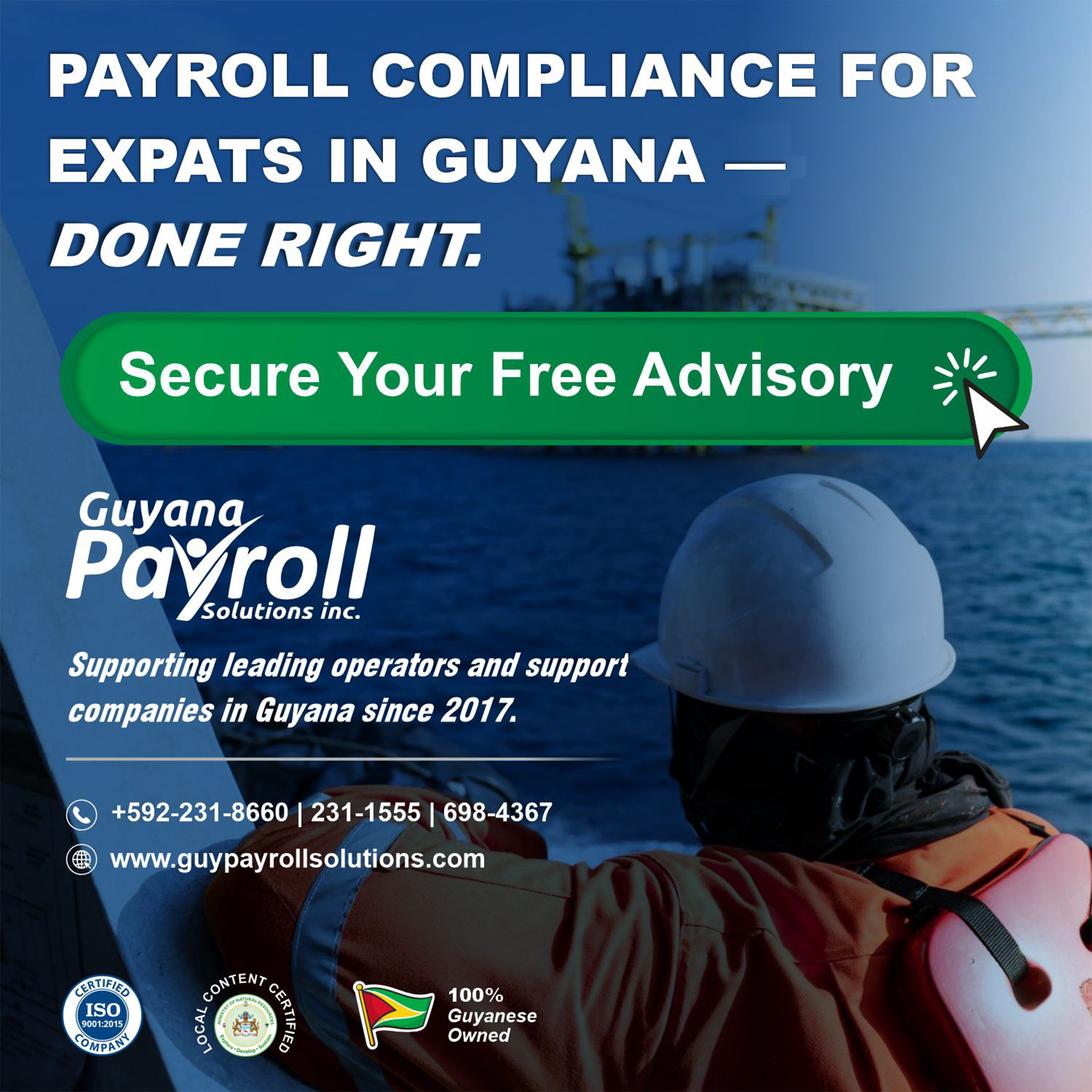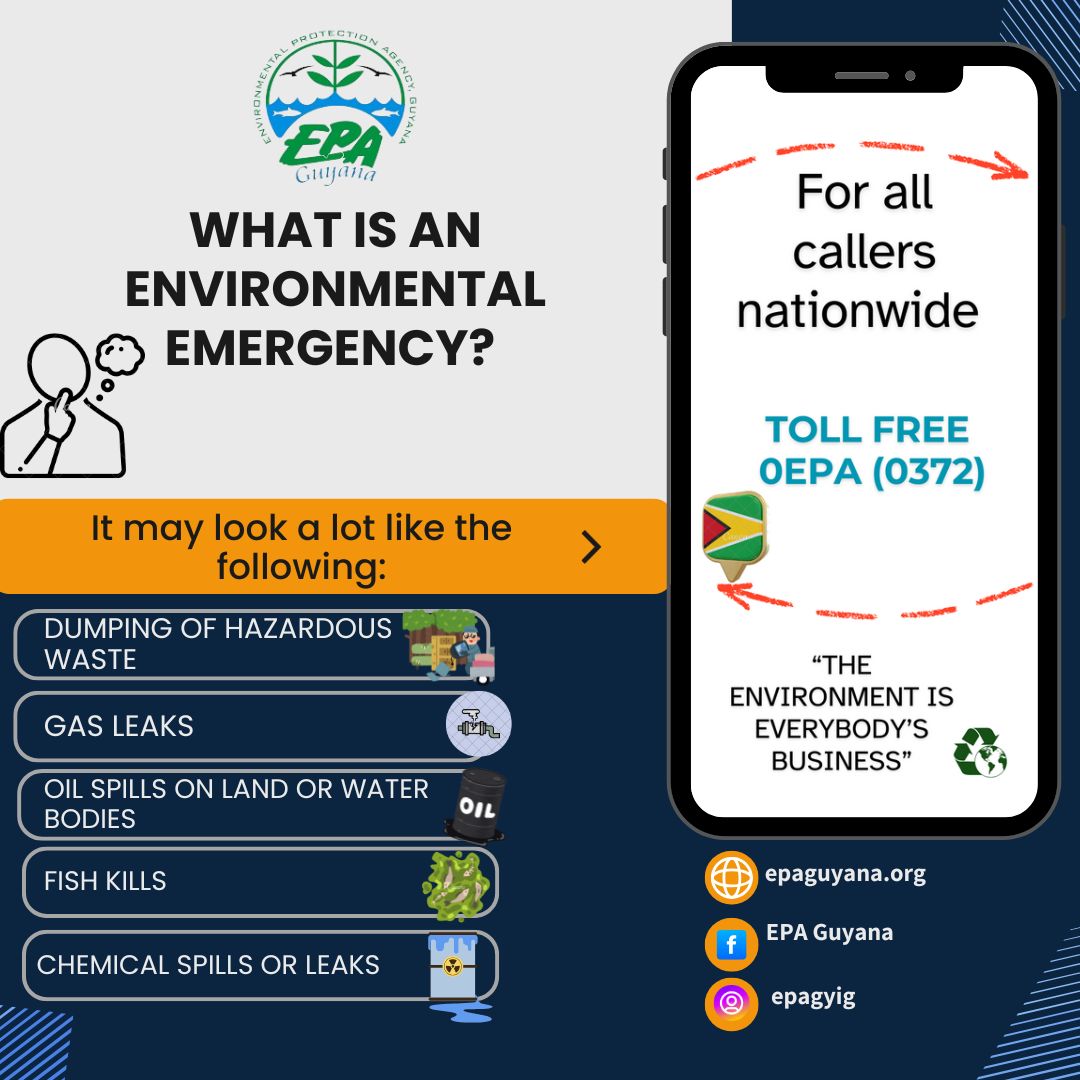Stena Drilling, with a fleet of five ultra-deepwater drillships and two semi-submersible rigs, is renowned for their cutting-edge drilling technology and efficiency; with Stena Carron in country since 2016 and Stena DrillMAX since 2020, Stena Drilling has been a key player in Guyana’s burgeoning offshore oil industry.
Stena Drilling, like any offshore drilling company, must conduct Special Periodic Surveys (SPS) on their drillships to ensure the vessels remain compliant with industry regulations, maintain operational efficiency, and meet all relevant safety standards. An SPS is required every five years and Stena Carron is currently undergoing hers whilst Stena DrillMAX completed her SPS in July 2023.
The preparation for an SPS starts well in advance, and whilst there’s a lot of work to do with the planning and identifying the scope of work to be carried out in the yard, it is also important to ensure that the crew are briefed and competent in what their roles will be during this period.
A key part of the planning was to identify those crew members who hadn’t previously attended an SPS or worked in a shipyard. This included several Guyanese locals who work onboard Stena DrillMAX and Stena Carron. For the Guyanese crew, Stena Carron and Stena DrillMAX are more than just a vessel; it’s their home for half of the year and is their path to a career in the oil and gas industry. Since the rigs arrived in Guyanese waters, they have provided employment and training opportunities for many locals, offering a path to upward mobility and economic stability. For these individuals and their families, the rigs represent not only a source of income but also a source of pride and accomplishment.
To ensure smooth SPS operations, a program similar to a safety induction was developed and delivered to those crew members well in advance of their journey to Las Palmas. This induction covered various key points including the scope of work required, how operations will differ in the shipyard, what their role will be and what additional personnel will be required. This training and ongoing support was crucial in facilitating a smooth adjustment for the crews during their shipyard stays.
Both vessels relocated to the Astican Shipyard in Las Palmas for SPS and whilst this journey signified a shift in geographic focus for the vessel it also carried implications for its dedicated Guyanese crew, some of whom had never left their home country previously. The crew, accustomed to the specific intricacies of drilling off the Guyanese coast, had to adapt to the new environment of a shipyard and working with more than 12, third-party companies (many do not have English as their first language)— no mean feat when there can be around 600 people onboard each day instead of the 180 you’re used to.
As well as the detailed structural investigation and inspection to ensure watertight integrity and to renew the ships class and statutory certificates, the Blow Out Preventer (BOP) must be recertified at this time. Stena Drilling also took the opportunity to renew and maintain most of the equipment, a lot of which is not accessible during normal working conditions. Upgrades were carried out on both Guyana based rigs, including the installation of NOVOS and Multi Machine Control (MMC) for increased automation, new thruster control systems to help reduce emissions and works also took place on the Ballast water treatment system which treats the water ensuring that no organisms or invasive species can be transferred from country to country.

With triple the amount of people attending the rig daily, safety is of prime importance. All tasks and operations must be carried out in compliance with our policies and procedures. When combined with our Safe Behaviour Program, this helps us achieve a ‘Perfect Day’ every day.
While this deviation from normal working may bring challenges and uncertainties, it also offers the promise of new experiences, opportunities, and growth.
Rig Administrator, Mr. Sherman Oxford said, “To be honest, there were a lot of difficulties, but with management’s help, we all succeeded – they made the situation better! ‘Excellent’ is an understatement. We went above and beyond compliance as always.”
As the rigs return to Guyana, our crews carry with them the skills, knowledge, and experience acquired during their time away.
And for our vessels? With certificates renewed, our ships leave the shipyard and return to operations for another five years without a major maintenance window.





